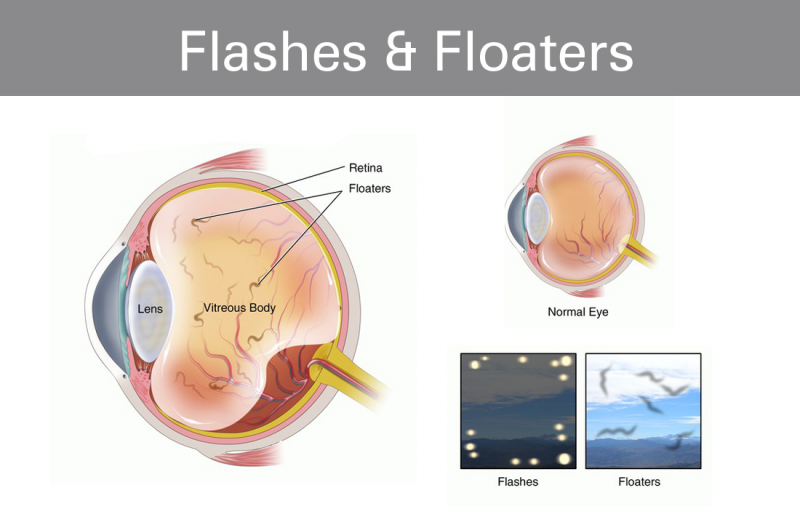Beyond Lactic Acid - New Insights into Muscle Fatigue Mechanisms

We've all been there. That burning sensation in your muscles during an intense workout, the shaky legs after a long hike, the inability to do "just one more rep" at the gym. We call it muscle fatigue - that familiar feeling of exhaustion and decreased performance during physical activity.
For years, the build-up of lactic acid in our muscles has been the primary explanation for muscle fatigue. While lactic acid does play a role, particularly in short-burst, high-intensity exercise, recent research has unveiled a more complex picture. It turns out, muscle fatigue is a multifactorial phenomenon, involving intricate processes at the cellular and systemic levels.
Unraveling the Complexities of Muscle Fatigue
Beyond lactic acid, several key factors contribute to muscle fatigue, and understanding them can help us optimize our training, recovery, and overall performance.
1. Impaired Calcium Handling
Calcium ions (Ca2+) are crucial for muscle contraction. They act as messengers, triggering the interaction between muscle proteins actin and myosin, leading to muscle fiber shortening.
During intense or prolonged exercise, the ability of muscle cells to regulate calcium levels becomes compromised. This disruption in calcium handling can directly impair the contraction process, leading to decreased force production and ultimately, fatigue.
2. Energy Depletion
Our muscles require a constant supply of energy to function, primarily in the form of adenosine triphosphate (ATP). During exercise, ATP stores are rapidly depleted, and the rate of ATP resynthesis becomes critical.
When the demand for ATP exceeds the rate at which it can be produced, our muscles experience an energy deficit. This energy crisis can lead to a decline in muscle performance and contribute to the sensation of fatigue.
3. Accumulation of Metabolites
While lactic acid isn't the sole culprit, the accumulation of various metabolites during exercise does play a role in fatigue. Apart from lactate, other metabolites like hydrogen ions (H+), inorganic phosphate (Pi), and reactive oxygen species (ROS) can disrupt muscle function.
For example, increased H+ concentration contributes to muscle acidosis, interfering with enzyme activity and calcium sensitivity. Similarly, elevated Pi levels can impair calcium release and reduce the force-generating capacity of muscles.
4. Central Nervous System Fatigue
Interestingly, fatigue can also originate in the central nervous system (CNS), independent of peripheral muscle factors. This phenomenon, known as central fatigue, involves a decrease in the neural drive to working muscles.
Factors such as neurotransmitter depletion (e.g., serotonin, dopamine) and altered brain signaling can contribute to central fatigue. This explains why mental fatigue or lack of motivation can significantly impact physical performance.
Recent Research Highlights
- A 2023 study published in the Journal of Physiology highlighted the role of impaired mitochondrial function in muscle fatigue during prolonged exercise, suggesting that interventions targeting mitochondrial health could improve endurance.
- Another study from 2022 in the journal Cell Metabolism revealed that specific dietary interventions, such as supplementing with beta-alanine, could help buffer H+ accumulation and delay fatigue during high-intensity exercise.
- Neuroscience research is increasingly exploring non-invasive brain stimulation techniques, such as transcranial magnetic stimulation (TMS), as potential strategies to counteract central fatigue and enhance athletic performance.
Final Thoughts: Moving Beyond a Simplistic View
Muscle fatigue is a complex interplay of factors, extending far beyond the simplistic notion of lactic acid buildup. Understanding the multifaceted nature of fatigue opens doors to more targeted interventions for enhancing athletic performance, optimizing training regimens, and improving recovery strategies. As research continues to unravel the intricacies of muscle fatigue, we can expect even more innovative approaches to combatting fatigue and unlocking our true physical potential.














Comments ()